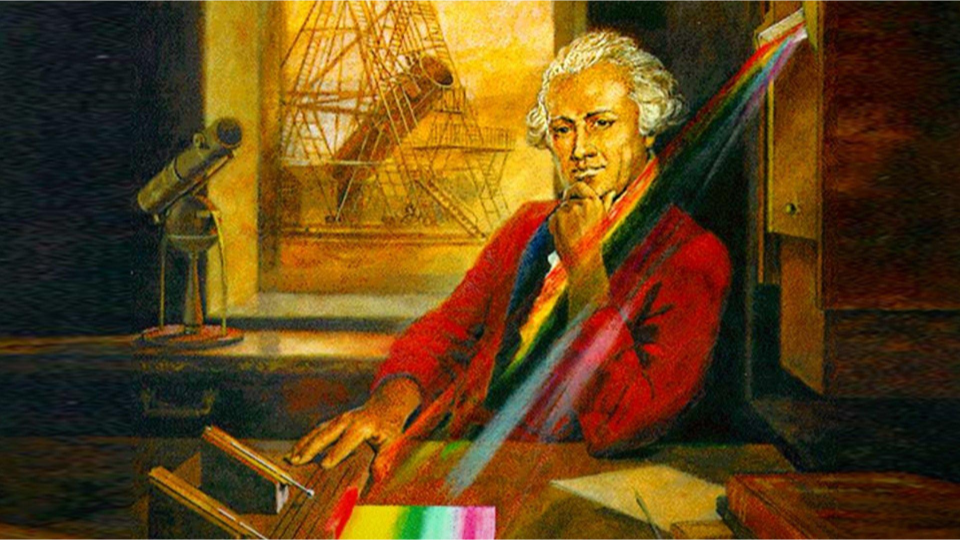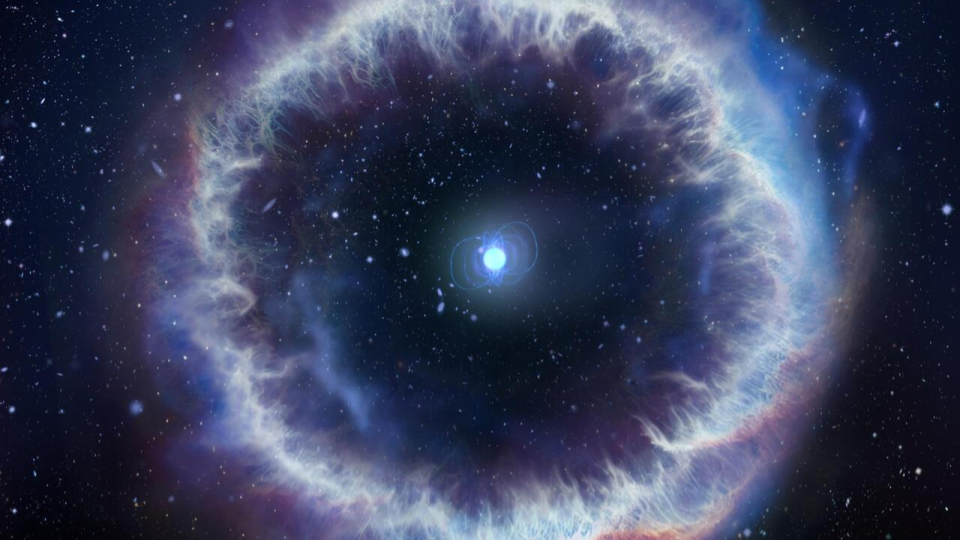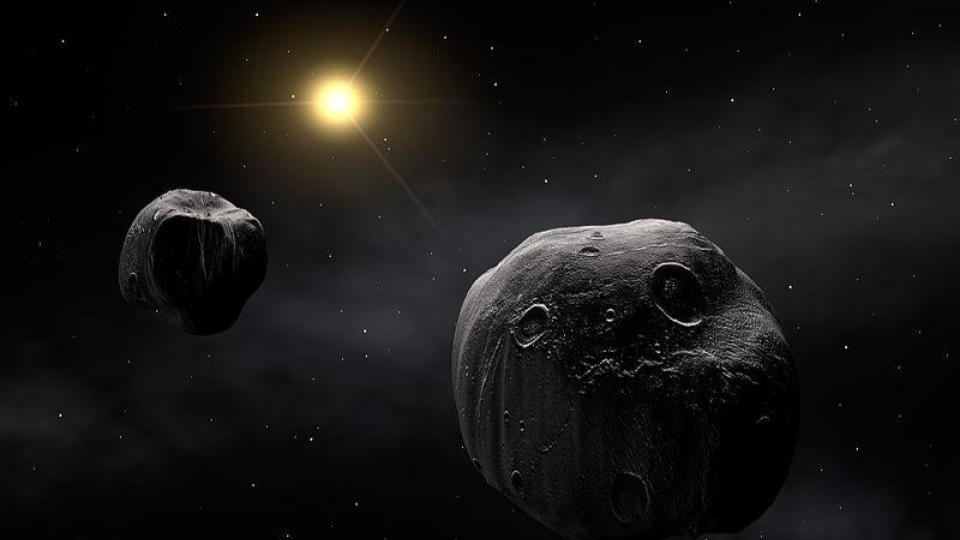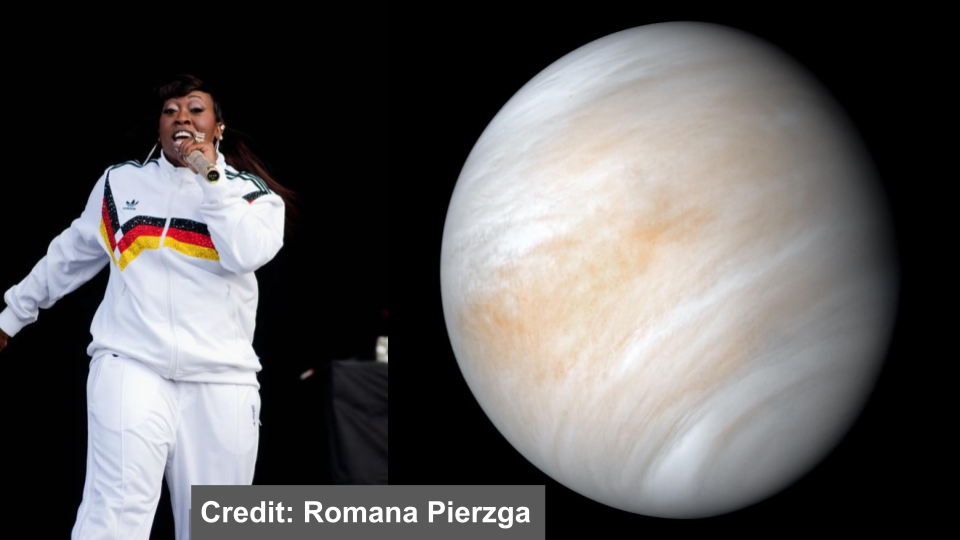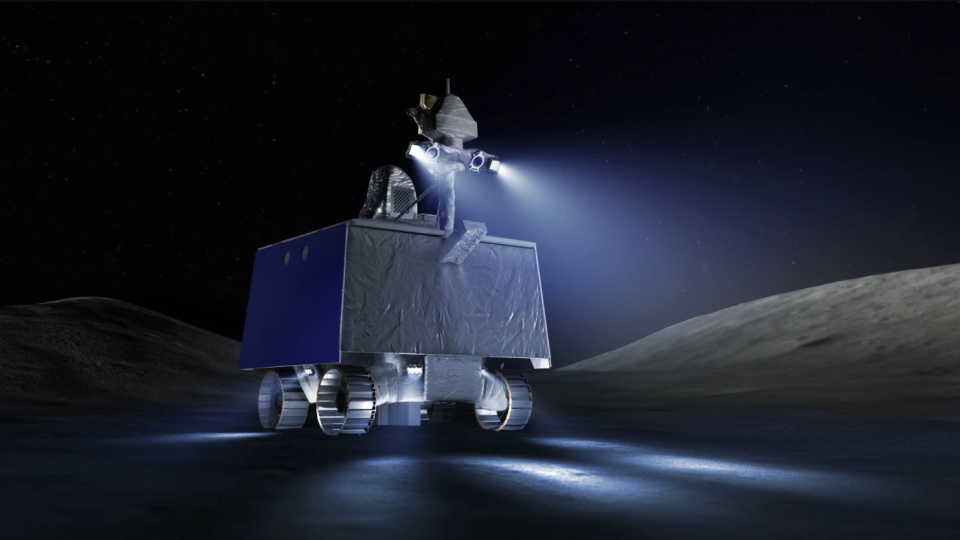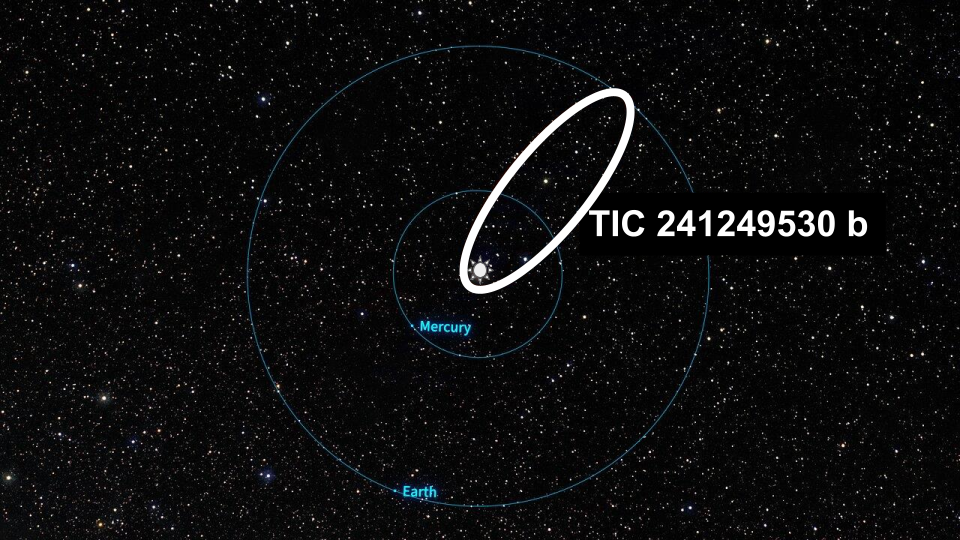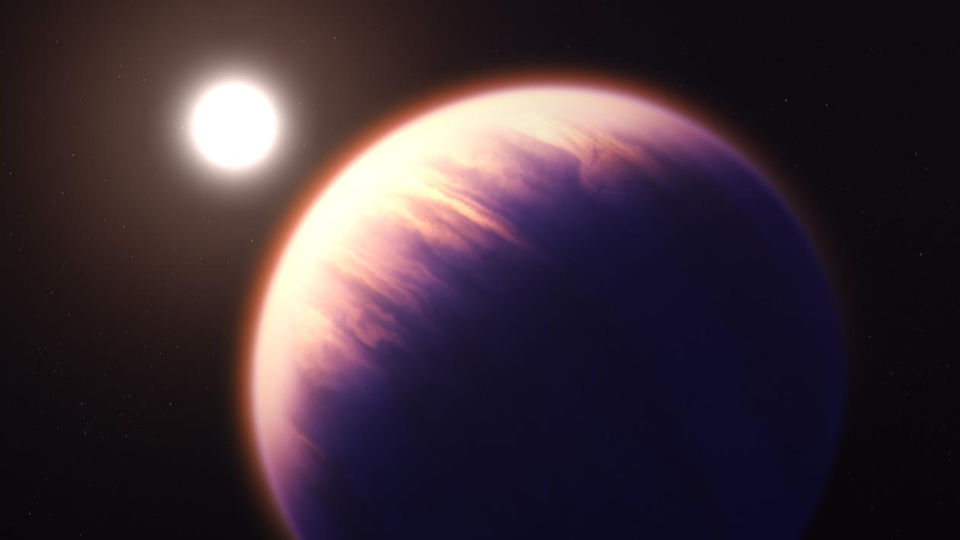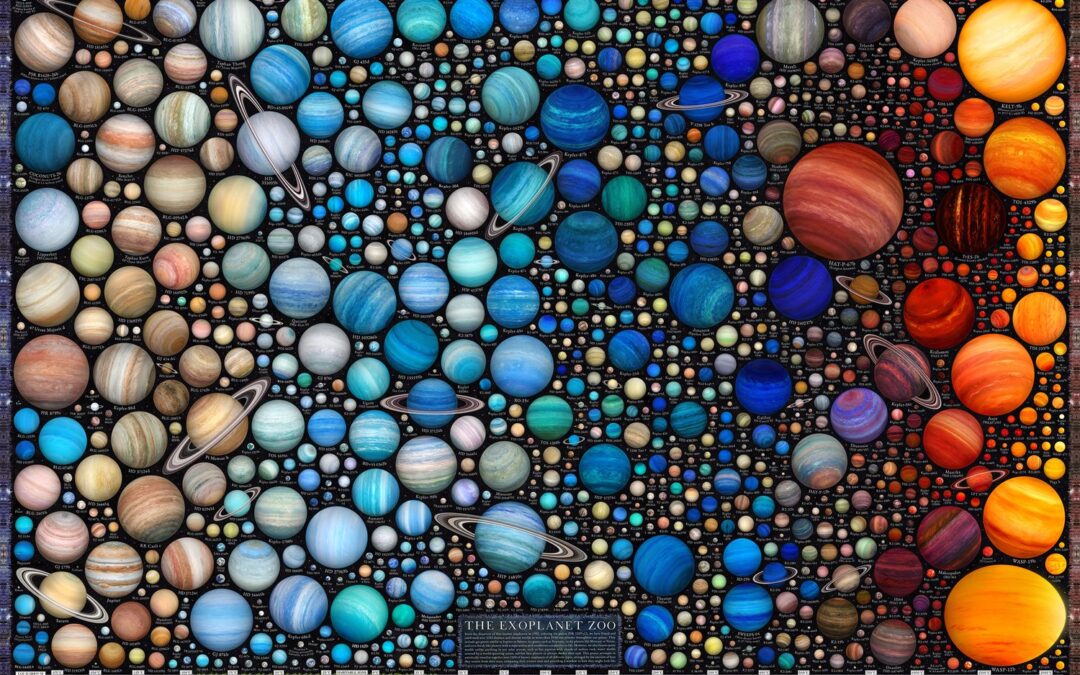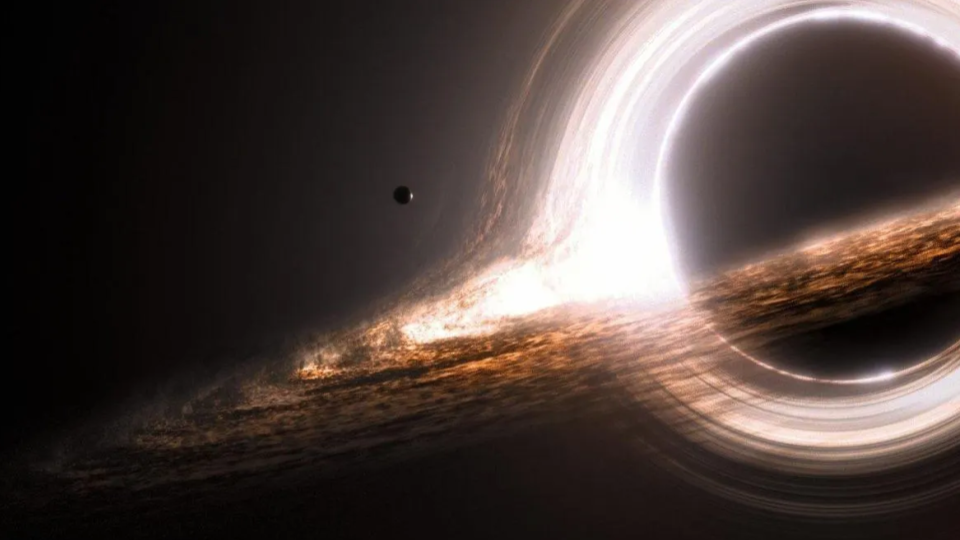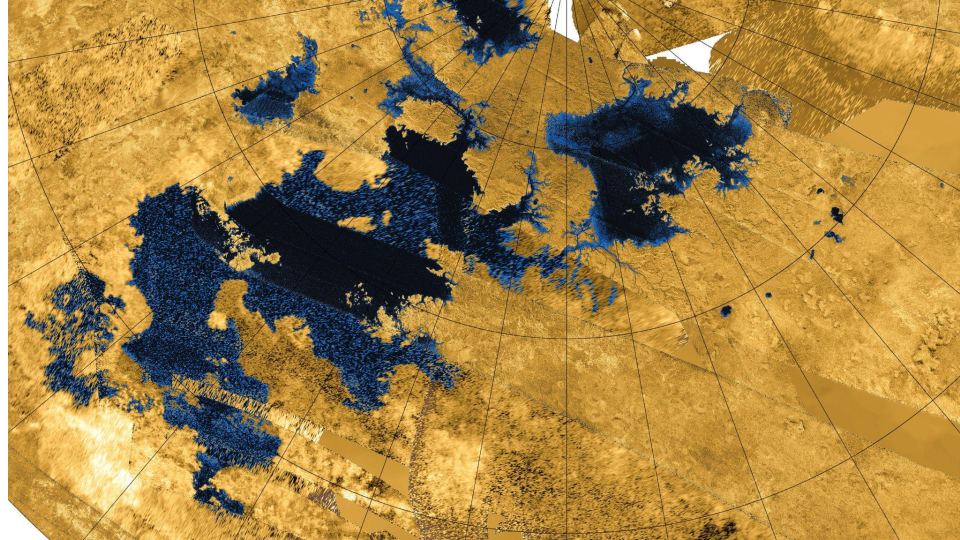Across the centuries, people of all kinds have contributed to the field we now call science. From early developments in mathematics, to systematic observations of how objects move in the sky, and changes take place in the landscape, we’ve seen people systematically observing the world around them, looking to see what is mathematically definable, and sharing what they learn. It is this last part - sharing what they learn - that makes someone a scientist. If you go outside tonight, and you observe a bright spot on the surface of Saturn or Jupiter, or even on the shadowed side of the Moon, but...
